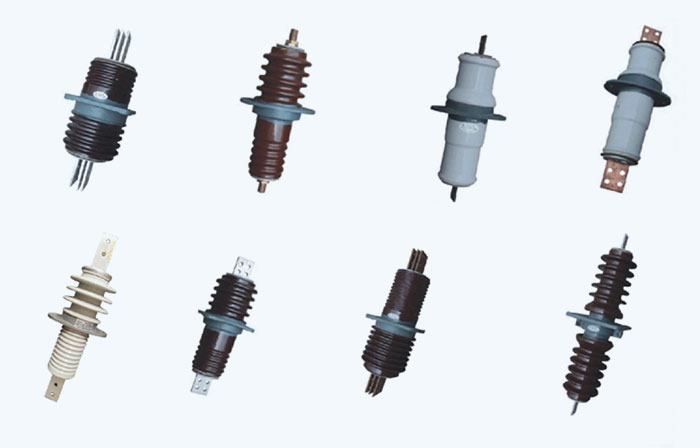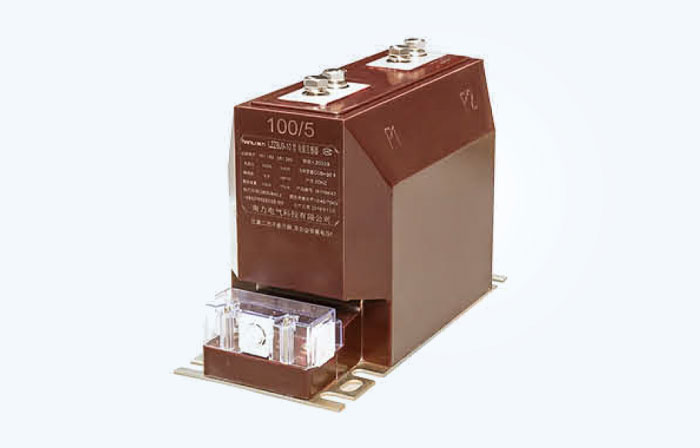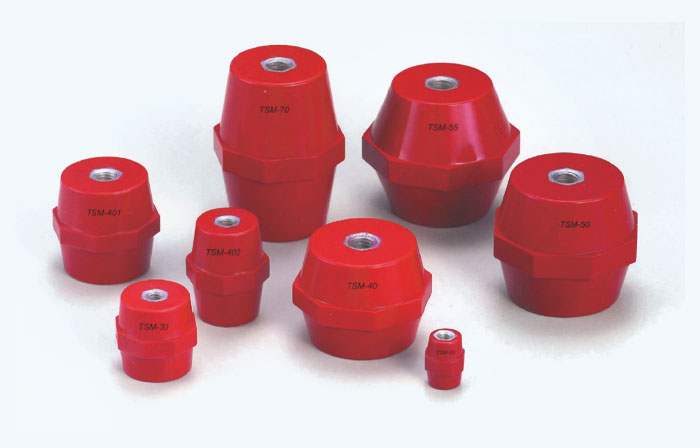Thunderstorms often bring unexpected risks to home electrical systems—sparks from sockets, damaged refrigerators, or even tripped main switches. Many people wonder: Is this related to not having a proper lightning arrester? And how exactly does it shield everyday devices from thunderstorm harm? Let’s break down these questions clearly.
Is a Lightning Arrester the Same as a Home Surge Protector?
Many homeowners mix up these two devices, but they serve different purposes. Understanding their differences helps you choose the right protection for your home.
A surge protector mainly handles small, frequent voltage spikes—like those from turning on a washing machine or air conditioner. It filters out minor electrical surges to protect sensitive devices (e.g., TVs, phones).
In contrast, a lightning arrester targets high-voltage threats from thunderstorms. When lightning strikes nearby (even not directly on the house), it creates strong electrical induction that can send thousands of volts into the home’s wires. The lightning arrester diverts this powerful current away from the main electrical system, preventing severe damage to large appliances (e.g., water heaters, HVAC units) or even electrical fires.

How Does a Lightning Arrester Work with Home Grounding?
A lightning arrester can’t function well alone—it relies on your home’s grounding system. Here’s why grounding is critical:
When a thunderstorm generates a high-voltage surge, the lightning arrester quickly conducts this current to the home’s grounding rod. The grounding rod then directs the current into the earth, where it dissipates harmlessly.
Without proper grounding, the arrester has no way to release the excess current. This means the surge could still flow through your electrical wires, damaging devices or posing a shock risk to anyone touching switches or outlets.
What Signs Mean Your Home’s Lightning Arrester Needs Attention?
You don’t need to wait for a full inspection to spot potential issues. These simple signs indicate your arrester may not be working right:
1.After a thunderstorm, one or more large appliances (e.g., oven, dryer) stop working—this could mean the arrester failed to divert the surge.
2.The arrester itself has visible damage: cracks on its outer casing, or signs of burning (like a charred smell near the electrical panel).
3.Your home’s circuit breaker trips repeatedly during thunderstorms, even when no other devices are in use.
Conclusion
A lightning arrester is a key guard for your home’s electrical system during thunderstorms—it targets high-voltage threats that surge protectors can’t handle, and works with grounding to keep current away from devices. If you’ve noticed any of the red flags above, or want to choose a reliable arrester for your home, it’s important to pick a product designed for real-world thunderstorm risks.
Chundexin Electric offers lightning arresters tailored to different usage scenarios, with a focus on safety and durability. To learn more about how our products can protect your home or business electrical systems, visit our product page for detailed specifications.

 EN
EN



